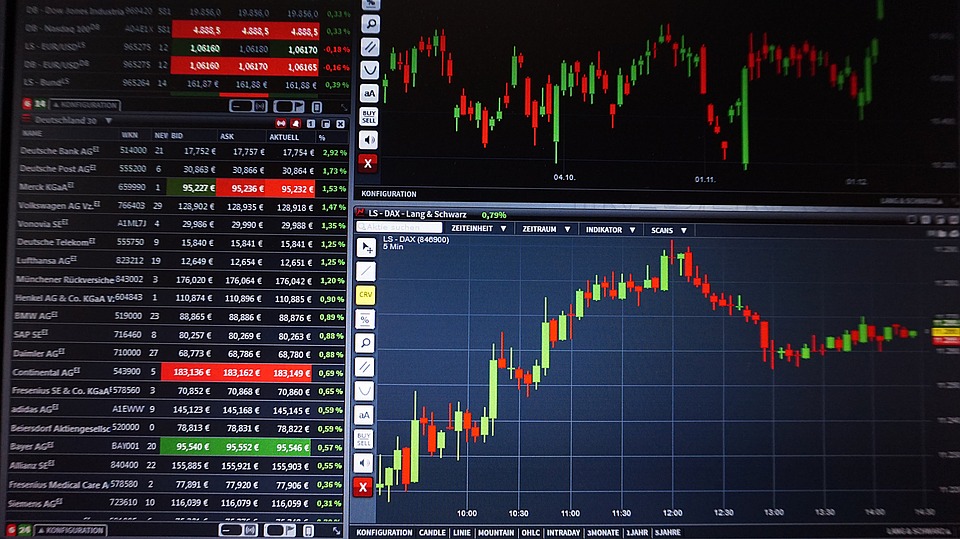
In the financial market, there are various ways for you to make money. You can be a buy-and-hold investor, buying assets and holding them for days, months, or weeks. Alternatively, you can be a trader who specializes in buying and selling assets in the short term, as opportunities emerge. Another way you can trade financial assets is through options. This article will explain what options trading is and how you can potentially profit from it.
What is an Option?
The field of options has been around for centuries. In the past, it was used mostly by farmers, who wanted to lock-in the prices of their produce. For example, in West Africa, cocoa farmers usually sell their produce to the buyers before the season starts. By doing this, the farmers are assured that their produce will have a buyer while the cocoa companies are assured of having supplies.
While options are common in the agricultural sector, they are also used in the trading of other financial assets like currencies and stocks.
To trade in options, it helps to understand some basic terms. First, a call option gives the buyer the right but not the obligation to buy the asset at a predetermined price and time. Second, a put option gives the buyer a right to sell the asset in future at the predetermined price. This predetermined price is known as the strike price.
Many traders prefer using options because they tend to be less risky than direct trading and have the potential to deliver better returns. They also create increased cost efficiency and provide an alternative to direct trading. Other traders use the information in the options market to make decisions on the underlying markets.
Unusual Options Activity
In the stock market, some investors use the concept of unusual options activity. This means they observe the volume of call and put options for a certain date. If the volumes are larger than normal, they assume that insiders are hoping that something will happen on or before that date. For example, if the volume of options for Tesla averages around 1000 and a trader notices that in a certain future date, the volumes have soared to 10,000, they might judge that to be an unusual activity. Then, they can either buy or sell the stock. Alternatively, they can trade the index that the company is in.
How to Analyze When Options Trading
The foundation of options trading is to predict the direction which the asset will move in. To do this, traders combine fundamental and technical analysis. In fundamental analysis, they use the underlying market data to predict whether the asset will move up or down. For example, when the US Federal Reserve is about to publish its interest rates decision, and a trader expects it to increase, he or she can buy call options for the US dollar index. Similarly, if the trader expects the crude oil inventories to decrease, they can buy the put options because the price will decline.
In technical analysis, traders use technical tools such as moving averages, Bollinger Bands, Relative Strength Index (RSI), and Relative Vigor Index (RVI) to predict where the price will move to. They also use pivot points, Fibonacci Retracement, and Andrews Pitchfork to predict whether the price will move up or down.
How to Trade Options
One way you can easily trade options is to use ‘easyTrade’, a product developed by easyMarkets, which is based on vanilla options. The product enables traders to analyze the various financial assets, determine whether the price will move up or down, and then place their prediction. You will make money when the price moves as you have predicted. Alternatively, you can trade the popular vanilla options using their platform.
Final Thoughts
If you are a new trader, options might sound a bit complicated at first. However, the reality is that they are some of the simplest way to trade the financial market. As with trading in general, you need to dedicate time to learning and practicing to succeed. And remember that options trading comes with risks, so practice with a demo account until you’re confident enough in your trading abilities to trade for real.
